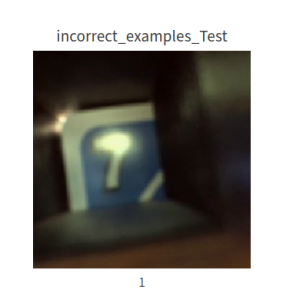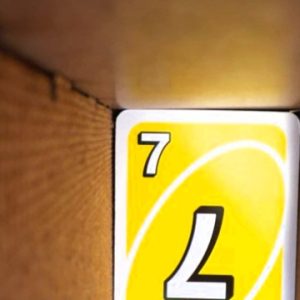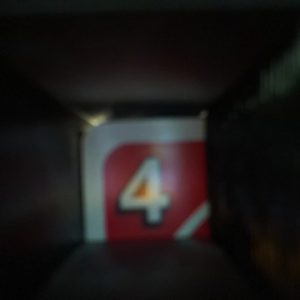This week was another week of testing out and modifying the physical parts, mainly testing the dispenser, collecting data for classification, and reorganizing the things inside the chassis. We had some issues with the dispenser’s consistency last week, so we decided to change the material used from the O-rings to some silicon rubber bands. At least from the couple hundred cards we have tested after, we have seen an improvement in the amount of friction on the cards. Thus, we never have a case where no cards are being pushed out. It’s just 2 cards trying to leave the opening at the same time that get stuck. To address this problem, we currently have a new prototype in the way that with a larger opening this time, hoping that the 2 cards will leave instead of getting stuck. Picking up a card that was additionally dispensed seemed easier than having to get the stuck card out of the dispenser. The internals of the chassis are also reorganized to have less wire tangling.
The last couple of weeks starting this week are integration and testing. I have already finished all the physical parts that are needed, and all that is left is to test and make improvements to the system until we meet the requirements. Thus, I am on schedule.
Next week, I will test out the new dispenser prototype, and help others collect data and test out the software parts too. Once the software interfaces are done, I could also test the accuracy of the chassis rotation next week as well.






